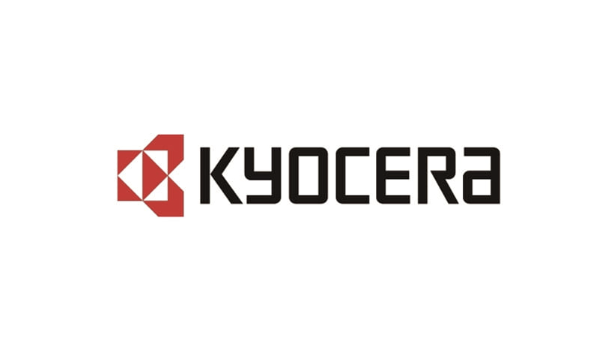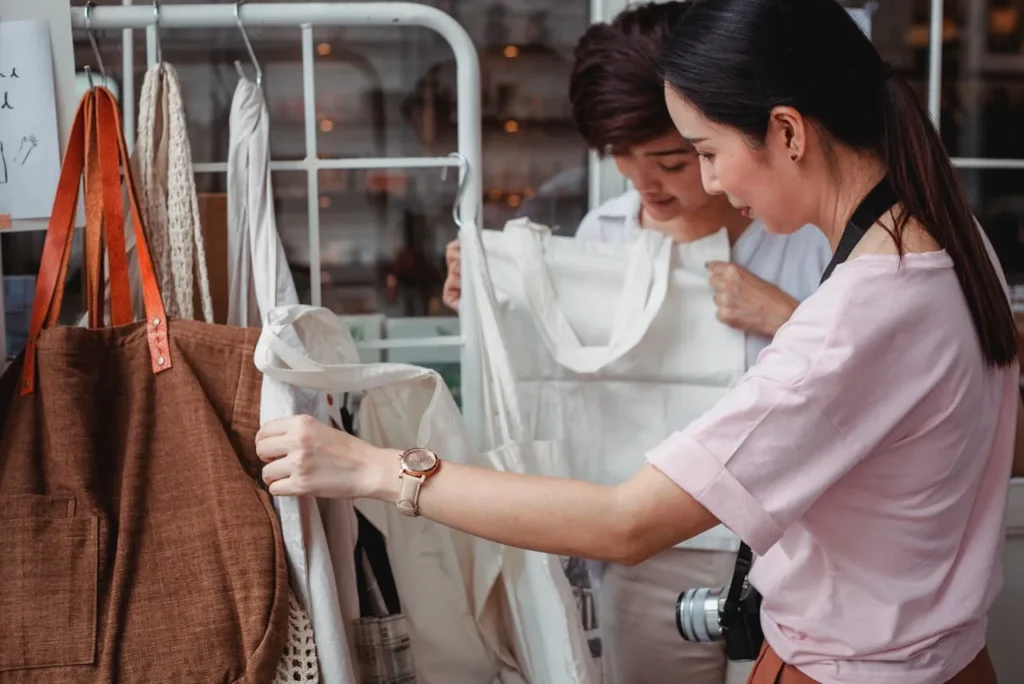
Kyocera, Florania, and FOREARTH Pioneer Sustainable Fashion at Milan Fashion Week Fall Winter 2025
Kyocera Document Solutions has once again reinforced its commitment to sustainable innovation in the fashion industry through a groundbreaking collaboration with Florania, the Italian fashion brand founded by designer Flora Rabitti. This partnership was showcased at Milan Fashion Week Fall Winter 2025 on February 28, where Florania unveiled a collection featuring fabrics printed using Kyocera’s revolutionary FOREARTH inkjet textile printer. This collaboration highlights the intersection of technology, sustainability, and high fashion, offering a glimpse into the future of environmentally responsible textile production.

The Vision Behind the Collaboration
This partnership stems from a shared vision of sustainability and innovation. Kyocera’s FOREARTH printer is designed to significantly reduce the environmental impact of textile and clothing production, an objective that aligns seamlessly with Florania’s commitment to sustainable creative practices. This latest collaboration marks the third successful partnership between the two brands, following previous showcases during Milan Fashion Week Spring Summer 2024 and Fall Winter 2024. By continuing to push the boundaries of eco-conscious fashion, Kyocera and Florania are setting new industry standards for responsible and forward-thinking design.
The FOREARTH Inkjet Fabric Printer: A Game-Changer in Textile Printing
Kyocera’s FOREARTH inkjet textile printer represents a major advancement in digital textile printing technology. Traditional fabric dyeing and printing processes have long been associated with excessive water consumption, chemical waste, and pollution, making them some of the most environmentally damaging aspects of the fashion industry. FOREARTH addresses these challenges by utilizing an advanced inkjet printing technology that requires virtually no water, thereby significantly reducing water usage and minimizing waste.
Key features and benefits of the FOREARTH printer include:
- Waterless Printing Technology: Unlike conventional textile printing, which requires large amounts of water for dyeing, rinsing, and finishing, FOREARTH uses an innovative water-free process. This not only conserves water but also prevents the release of contaminated wastewater into the environment.
- Eco-Friendly Ink Formulation: The printer uses specially formulated inks made from environmentally safe materials, ensuring vibrant colors and long-lasting prints without compromising sustainability.
- Energy Efficiency: The printing process is designed to consume less energy, further reducing the overall carbon footprint of textile production.
- Versatility and Quality: FOREARTH supports a wide range of fabrics, making it ideal for high-end fashion designers who demand both sustainability and superior print quality.
- Sustainable Production Workflow: By streamlining the textile printing process, FOREARTH minimizes material waste and improves overall efficiency, making sustainable fashion production more feasible for designers and manufacturers alike.
Sustainability at the Core of Fashion Innovation
The global fashion industry is one of the largest contributors to environmental degradation, with textile production responsible for a significant share of global water pollution and carbon emissions. As consumers become more environmentally conscious, fashion brands are under increasing pressure to adopt sustainable practices. Through collaborations like the one between Kyocera and Florania, the industry is demonstrating that innovation can drive meaningful change without sacrificing creativity or quality.
Flora Rabitti, the visionary behind Florania, has been an outspoken advocate for sustainability in fashion. Her brand emphasizes ethical production methods, responsible sourcing of materials, and a commitment to reducing fashion’s environmental impact. The incorporation of FOREARTH technology into her designs is a natural extension of these values.
Flora Rabitti’s Perspective on the Collaboration
Reflecting on the partnership with Kyocera, Flora Rabitti shared her enthusiasm for integrating cutting-edge technology into her brand’s design ethos:
“As a brand committed to redefining the rules of fashion, we are proud to embrace technological developments to set new standards in fashion production. Personally, I believe in fostering international connections and building communities. Collaboration is the only way to achieve truly extraordinary innovation. Furthermore, FOREARTH technology is an innovative and instructive technique that deserves to be shared and used around the world, highlighting the beauty of sustainability. Its idea based on the absence of water is in tune with our vision of responsible fashion.”
Rabitti’s statement underscores the importance of collaboration in driving industry-wide change. By working with Kyocera and leveraging the power of FOREARTH, she is not only advancing her own brand’s sustainability goals but also contributing to a broader movement toward eco-conscious fashion.
The Growing Impact of Sustainable Fashion at Milan Fashion Week
Milan Fashion Week has long been known as a platform for luxury and innovation. However, in recent years, sustainability has taken center stage, with designers and brands increasingly showcasing environmentally responsible collections. The collaboration between Kyocera and Florania represents a significant step forward in this ongoing shift, proving that sustainability and high fashion are not mutually exclusive.
As more designers adopt sustainable production techniques, the industry is moving toward a future where fashion no longer comes at the expense of the environment. This transformation is being driven by advancements in technology, increased consumer demand for ethical products, and partnerships between forward-thinking brands and innovators.
The Future of Fashion and Technology
The successful integration of FOREARTH technology into Florania’s designs is just the beginning. As digital textile printing continues to evolve, the possibilities for sustainable fashion are expanding rapidly. Future developments may include:
- Enhanced Customization: Digital printing allows for highly personalized designs, reducing overproduction and waste.
- Expanded Fabric Compatibility: Continued research may enable sustainable printing on an even wider range of textiles, including recycled and organic materials.
- Greater Accessibility: As sustainable printing technologies become more widespread, more brands—large and small—will have the opportunity to adopt eco-friendly practices.
Kyocera’s commitment to innovation extends beyond the fashion industry. By applying its expertise in technology and sustainability, the company aims to create solutions that address global challenges across various sectors. The partnership with Florania serves as a model for how technology and creativity can come together to drive positive change.







